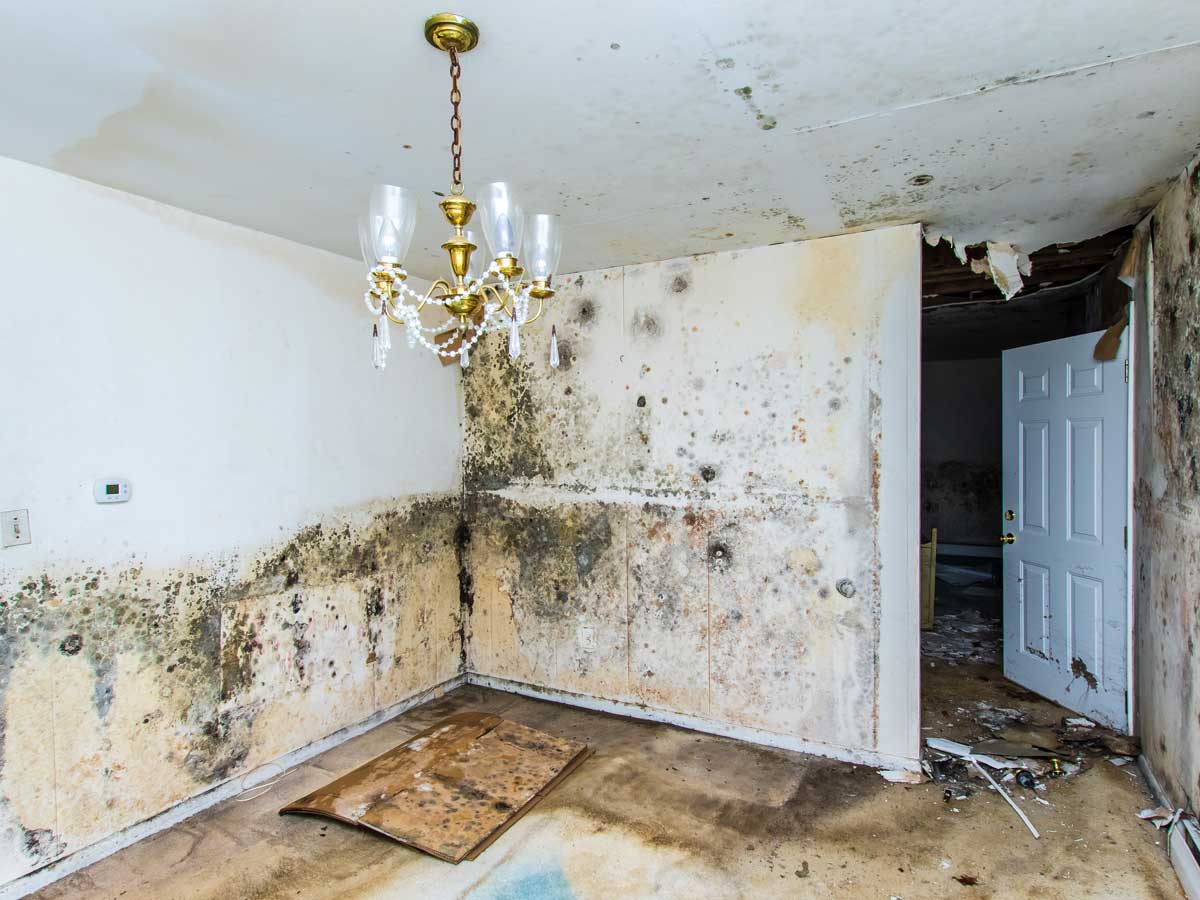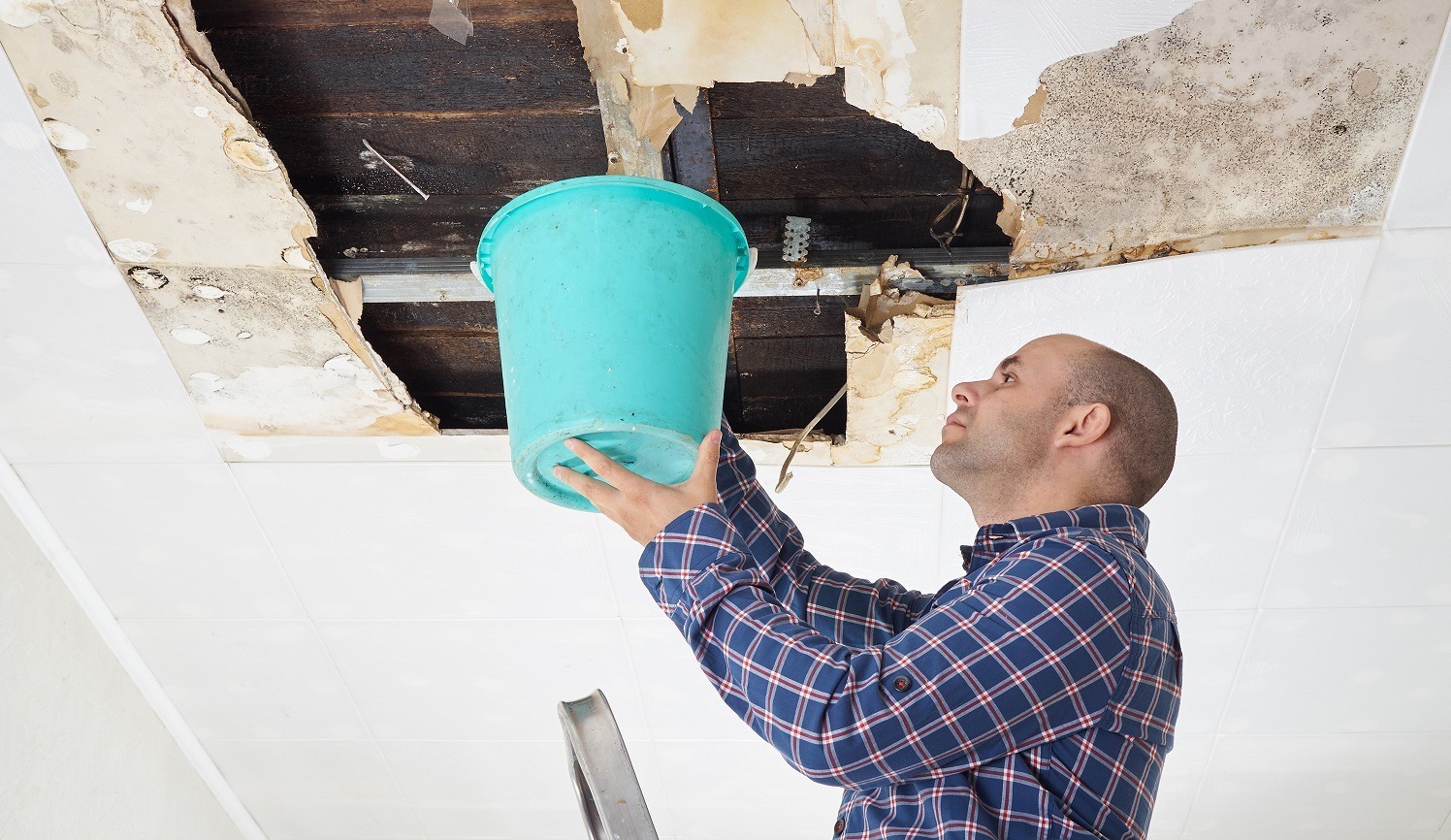Do's & Don'ts of Water Restoration.
Do's & Don'ts of Water Restoration.
Blog Article
The article down below in relation to Preventing Fires and Water Damage In Your Home is seriously motivating. Don't overlook it.

Water gives life, water breach on parts where it's not supposed to be can result in damage. It can peel off away surfaces and also deteriorate the foundation if the water saturates right into your structure. Mold and also mold likewise prosper in a moist environment, which can be hazardous for your health. Houses with water damage scent old as well as musty.
Water can originate from many sources such as hurricanes, floodings, ruptured pipes, leakages, and also sewer problems. In case you experience water damages, it would certainly be good to understand some safety and security preventative measures. Here are a few guidelines on exactly how to take care of water damages.
Do Prioritize Residence Insurance Protection
Water damages from flooding as a result of hefty winds is seasonal. However, you can also experience a sudden flood when a malfunctioning pipeline instantly breaks right into your house. It would be best to have residence insurance coverage that covers both disasters such as all-natural tragedies, as well as emergencies like busted plumbing.
Don't Forget to Switch Off Energies
In the event of a calamity, particularly if you stay in a flood-prone area, it would certainly be suggested to shut off the major electrical circuit. This removes power to your entire house, protecting against electric shocks when water comes in as it is a conductor. Furthermore, do not forget to turn off the primary water line shutoff. Furnishings will certainly relocate about and cause damages when floodwaters are high. Having the major shutoff shut down avoids additional damage.
Do Keep Proactive as well as Heed Weather Condition Informs
Listen to discharge warnings if you live near a river, lake, or creek . Doing so decreases possible property damage.
Do Not Neglect the Roofing System
You can stay clear of rain damages if there are no holes as well as leakages in your roof. This will certainly prevent water from streaming down your wall surfaces and soaking your ceiling.
Do Pay Attention to Little Leakages
A burst pipeline does not happen overnight. Typically, there are warnings that suggest you have actually weakened pipes in your home. You may discover bubbling paint, peeling wallpaper, water touches, water spots, or dripping audios behind the wall surfaces. Ultimately, this pipe will certainly break. Preferably, you ought to not wait for points to intensify. Have your plumbing repaired prior to it results in huge damage.
Do Not Panic in Case of a Ruptured Pipeline
Maintaining your clearheadedness is essential in a time of dilemma. Panicking will only worsen the problem since it will certainly stifle you from acting quick. Timing is essential when it comes to water damages. The longer you wait, the more damages you can expect. Therefore, if a pipeline bursts in your home, promptly shut down your major water shutoff to remove the resource. After that disconnect all electric outlets in the location or switch off the breaker for that part of your house. Call a trusted water damage reconstruction expert for assistance.
Water offers life, water invasion on parts where it's not expected to be can result in damage. Residences with water damages smell musty and also old.
Water damage from flood charges to heavy winds is seasonal. You may see bubbling paint, peeling wallpaper, water touches, water discolorations, or leaking noises behind the walls. When it comes to water damage, timing is essential.
Some Do's & Don't When Dealing with a Water Damage
DO:
Make sure the water source has been eliminated. Contact a plumber if needed. Turn off circuit breakers supplying electricity to wet areas and unplug any electronics that are on wet carpet or surfaces Remove small furniture items Remove as much excess water as possible by mopping or blotting; Use WHITE towels to blot wet carpeting Wipe water from wooden furniture after removing anything on it Remove and prop up wet upholstery cushions for even drying (check for any bleeding) Pin up curtains or furniture skirts if needed Place aluminum foil, saucers or wood blocks between furniture legs and wet carpet Turn on air conditioning for maximum drying in winter and open windows in the summer Open any drawers and cabinets affected for complete drying but do not force them open Remove any valuable art objects or paintings to a safe, dry place Open any suitcases or luggage that may have been affected to dry, preferably in sunlight Hang any fur or leather goods to dry at room temperature Punch small holes in sagging ceilings to relieve trapped water (don't forget to place pans beneath!); however, if the ceiling is sagging extremely low, stay out of the room and we'll take care of it DO NOT:
Leave wet fabrics in place; dry them as soon as possible Leave books, magazines or any other colored items on wet carpets or floor Use your household vacuum to remove water Use TV's or other electronics/appliances while standing on wet carpets or floors; especially not on wet concrete floors Turn on ceiling fixtures if the ceiling is wet Turn your heat up, unless instructed otherwise

I was brought to that article on Ways to Reduce The Risk Of Fire And Water Damage through someone on another web blog. Are you aware of another person who is truly interested in the niche? Feel free to promote it. I recognize the value of reading our article about Simple Solutions To Preventing Fire And Water Damage To Your Home.
Report this page